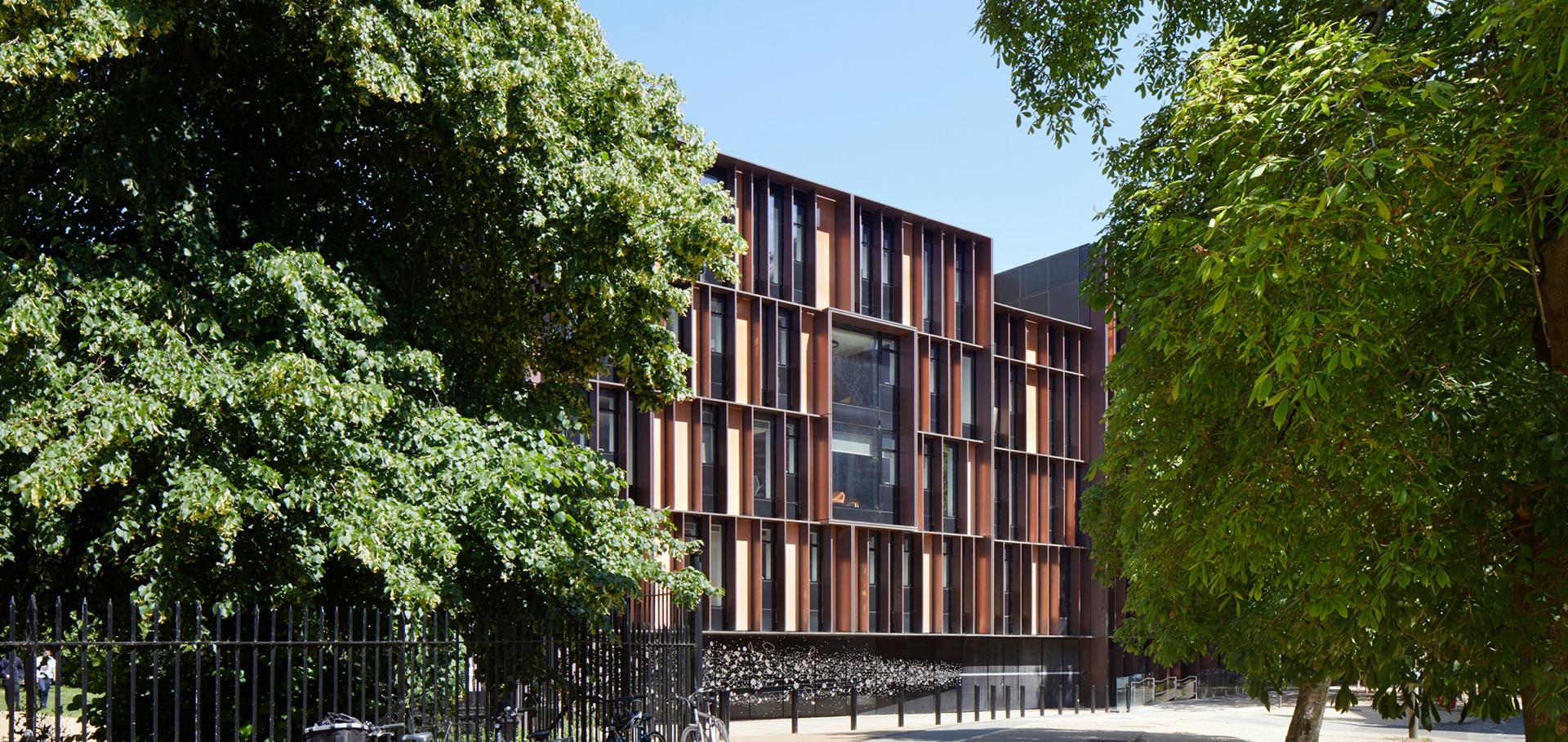C-H cyanation of 6-ring N-containing heteroaromatics
Chemistry - A European Journal Wiley 23:59 (2017) 14733-14737
Abstract:
Heteroaromatic nitriles are important compounds in drug discovery, both for their prevalence in the clinic and due to the diverse range of transformations they can undergo. As such, efficient and reliable methods to access them have the potential for far-reaching impact across synthetic chemistry and the biomedical sciences. Herein, we report an approach to heteroaromatic C-H cyanation through triflic anhydride activation, nucleophilic addition of cyanide, followed by elimination of trifluoromethanesulfinate to regenerate the cyanated heteroaromatic ring. This one-pot protocol is simple to perform, is applicable to a broad range of decorated 6-ring N-containing heterocycles, and has been shown to be suitable for late-stage functionalization of complex drug-like architectures.ChemInform Abstract: Synthesis of Cyclic Alkenylsiloxanes by Semihydrogenation: A Stereospecific Route to (Z)‐Alkenyl Polyenes.
ChemInform Wiley 46:4 (2015) no-no
Synthesis of Cyclic Alkenylsiloxanes by Semihydrogenation: A Stereospecific Route to (Z)‐Alkenyl Polyenes
Chemistry - A European Journal Wiley 20:28 (2014) 8594-8598
Synthesis of cyclic alkenylsiloxanes by semihydrogenation: A stereospecific route to (Z)-alkenyl polyenes
Chemistry - A European Journal 20:28 (2014) 8594-8598
Abstract:
Cyclic alkenylsiloxanes were synthesized by semihydrogenation of alkynylsilanes - a reaction previously plagued by poor stereoselectivity. The silanes, which can be synthesized on multigram scale, undergo Hiyama-Denmark coupling to give (Z)-alkenyl polyene motifs found in bioactive natural products. The ring size of the silane is crucial: five-membered cyclic siloxanes also couple under fluoride-free conditions, whilst their six-membered homologues do not, enabling orthogonality within this structural motif. © 2014 WILEY-VCH Verlag GmbH & Co. KGaA, Weinheim.Palladium‐Catalysed Cross‐Coupling of Vinyldisiloxanes with Benzylic and Allylic Halides and Sulfonates
Chemistry - A European Journal Wiley 18:28 (2012) 8774-8779


